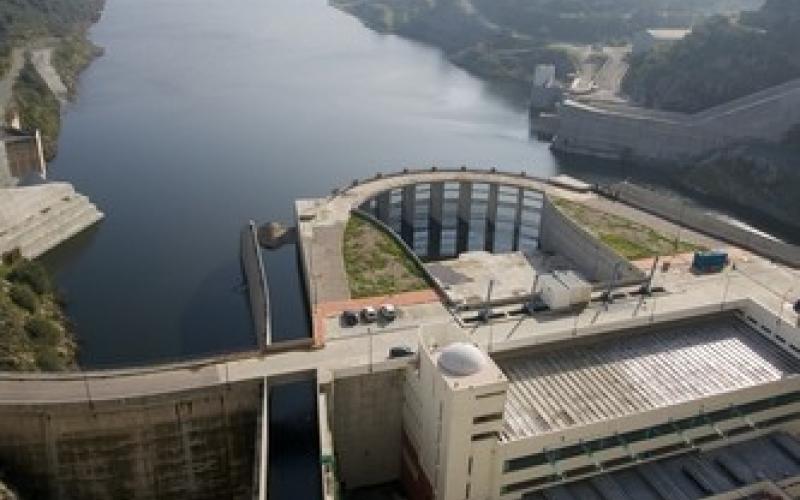Water usage in cities tied to greenhouse gas emissions

Water usage in cities tied to greenhouse gas emissions
In Changzhou, China 10% of the city's energy footprint is related to water usage. Through strategic water conservation efforts, policy-makers can simultaneously conserve water and energy, save taxpayer money, and reduce climate change impacts.
Original Paper:
Zhou Y, Zhang B, Wang H, Bi J. (2013) "Drops of Energy: Conserving Urban Water to Reduce Greenhouse Gas Emissions." Environmental Science & Technology. 47(19): 10753–10761.
Most people intuitively understand the importance of conserving water, especially those living in drought-prone areas. Less obvious is the connection between saving water and saving energy. A study recently published in Environmental Science and Technology shows that water saving actions in one Chinese city could cut energy use in the urban water system by 2-6%.
Water and energy are inextricably linked to each other in modern communities. Energy is required to extract, treat, and transport water to make it safe and accessible to homes and businesses. Conversely, it takes water to produce energy, especially for cooling steam electric power plants and for fuel extraction and refining. Treating and pumping water through cities contributes an estimated 2-3% of global greenhouse gas emissions. Nor is energy cheap. Municipalities typically spend 25-60% of their budgets to supply energy for their city's water infrastructure.
Reducing greenhouse gas emissions through water conservation is under studied in the climate change mitigation field. A team of researchers from China's Nanjing University devised a water flow analysis of one city's entire water system. They investigated the relative climate impacts from urban water use in residential, industrial, agricultural and public sectors. The team's goal was to measure the amount of energy used by each part of the water system and to compare water conservation options that could lead to the greatest energy and greenhouse gas reductions.
The study area for the water flow analysis is Chanzhou, a city of 3.6 million people located in China's Yangtze Delta region. Water, energy, and material flow analyses are common techniques to study urban metabolism, a field of research that aims to understand how resources move through a city. Water used within the city comes from ground water, surface water, and rainfall. Water then leaves the city through treated or untreated wastewater systems. Water also constantly moves about within the city through processes such as extraction, transportation, end uses, wastewater collection and treatment.
The researchers gathered data from published literature and interviews with government officials to estimate the energy usage associated with every process in the city's water system. The resulting water flow diagram shows an intricate web of boxes - representing processes such as water acquisition, treatment and distribution - connected by lines representing water transport through the city.




